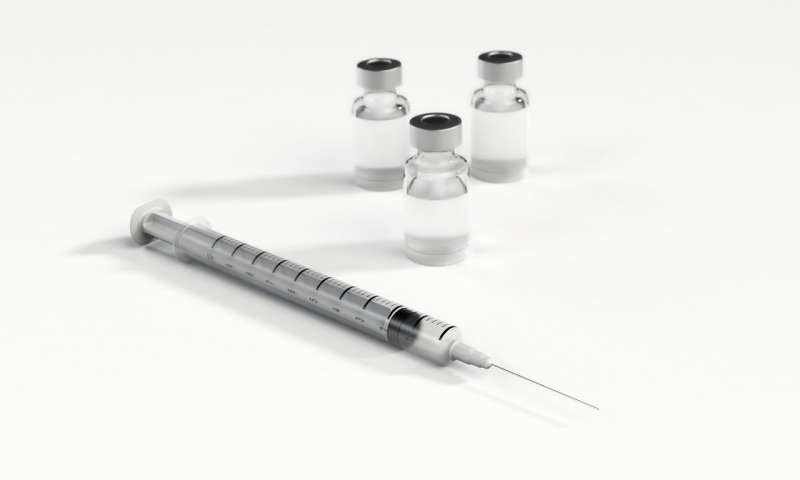Low Hepatitis B Surface Antigen Levels Indicate Very Low Liver Cancer Risk, Redefining 'Partial Cure'

New research shows that hepatitis B patients with surface antigen levels below 100 IU/mL face a negligible risk of liver cancer, potentially redefining treatment and surveillance protocols. This breakthrough can help identify a 'partial cure' and optimize care for millions worldwide.
Researchers at National Taiwan University Hospital and Academia Sinica have discovered a straightforward blood marker that can effectively identify patients with chronic hepatitis B (CHB) who face an extremely low risk of developing liver cancer. The study, published in the journal Gut, highlights that hepatitis B surface antigen (HBsAg) levels below 100 IU/mL are associated with a hepatocellular carcinoma (HCC) risk comparable to that of the general population, at just 0.08% annually.
This significant finding comes from extensive analysis of two major HBV cohorts, ERADICATE-B and REVEAL-HBV, which together tracked over 2,600 inactive CHB patients for more than 25 years. Validation of the results in the NTUH-iMD cohort confirmed that the 100 IU/mL threshold is broadly applicable. Remarkably, approximately 37% of patients with inactive CHB had HBsAg levels below this cutoff, suggesting that millions worldwide could potentially be classified as very low risk.
Lead researcher Dr. Tai-Chung Tseng explained that patients achieving HBsAg levels below 100 IU/mL could be considered to have a 'partial cure' of hepatitis B. This classification might allow such individuals to forego routine liver cancer surveillance, which previously was considered essential, especially given the high costs and resource burdens associated with regular monitoring programs. Implementing this new marker as a standard could transform public health strategies by streamlining management and focusing resources on higher-risk populations.
Globally, over 254 million people live with chronic hepatitis B, with more than 1 million annual deaths primarily due to liver cancer. The current surveillance protocols can be costly and challenging, particularly in low-resource settings. The recognition of HBsAg levels below 100 IU/mL as an indicator of minimal HCC risk presents an opportunity to refine these protocols, reduce unnecessary procedures, and optimize healthcare delivery.
Moreover, this threshold can serve as a practical endpoint in upcoming HBV cure trials, bridging the current gap between antiviral therapies and functional cures. Overall, identifying patients with low HBsAg levels as having a 'partial cure' could mark a new era in the personalized management of hepatitis B, minimizing unnecessary interventions while maintaining vigilant surveillance for those at higher risk.
Stay Updated with Mia's Feed
Get the latest health & wellness insights delivered straight to your inbox.
Related Articles
Innovative Fusion Superkine and Focused Ultrasound Offer New Hope for Glioblastoma Treatment
Innovative fusion superkine combined with focused ultrasound offers a promising noninvasive therapy for glioblastoma, targeting tumor cells and boosting immune response through advanced delivery techniques.
Zilebesiran Shows Potential in Lowering Blood Pressure in High-Risk Hypertensive Patients
Clinical trial data suggests that zilebesiran, an investigational RNA therapy, may help lower blood pressure in high-risk hypertensive patients, paving the way for new treatment options.
Advances in Medical Physics for Diagnostic Radiology and Procedures in the Asia-Pacific Region
A comprehensive study examines the current status and challenges of medical physics in diagnostic radiology across the Asia-Pacific region, highlighting opportunities for professional development and improved healthcare safety.
Addressing the Critical Shortage of Certified Nursing Assistants (CNAs)
The certified nursing assistant workforce faces a critical shortage worsened by resource constraints and burnout. Strategic improvements in pay, training, and recognition are essential to sustain quality long-term care for an aging population.



